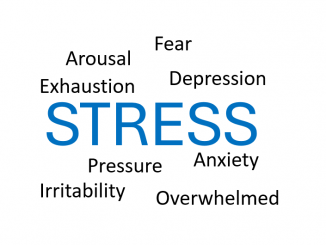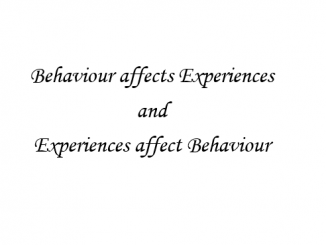There is a big difference between being listened to and being heard. Validating someone involves understanding and showing acceptance for the other person’s feelings.
When people receive validation, they feel their emotions are not only seen and heard by others but that these feelings are also accepted.
If a person feels that their thoughts, feelings, and emotions are not heard and understood, they may be left feeling isolated, unsupported and worthless.
Invalidation is one of the most damaging forms of emotional abuse.
Invalidating behaviours include:
- Abuse and Neglect
- Ignoring
- Rejecting the other person’s thoughts or feelings
- Not being included in groups or activities
- Expecting behaviours that others are unable to perform
- Making normal responses abnormal and vice-versa
- Rolling eyes
- Playing on your phone while someone is talking to you
What is Validation? Validating is saying I hear you. I see you. I get it. I care about your feelings.
Key Points about validation:
- Validating another person is affirming the worth of their feelings.
- Validating someone’s emotional experience does not necessarily mean you agree with it.
- You can communicate that someone’s emotion is valid without liking the emotion.
- Avoid becoming defensive or offering unsolicited advice.
- If you are the target of the emotion, try to accept responsibility for at least a small part of the complaint.
- If you have an idea on how to solve their problem, ask: “Do you want my help with this problem?” If the answer is “No,” focus on listening.
- Reflect the Feeling. “I can see you’re really upset.” “This must be so painful.”
- Summarize the experience. “I totally understand that you’re upset because of what happened.” “This must be so painful, it’s devastating to experience such a loss.”
- Validate whatever is valid.
- Studies show that people who are validated are less likely to come back with an emotional response, and that, of course, means a reduced chance of escalating tensions.
Examples of non-validating statements:
- “Oh, you‘ll be fine.”
- “Stop being such a baby, there’s nothing to be afraid of.”
- “At least it’s not…”
- “It could be worse.”
- “You shouldn’t feel that way.”
- “Next time you’ll just have to do better.”
- “Just tough it out.”
- “It’s just not that big of a deal.”
Examples of validating statements:
- “Gee, that is confusing.”
- “He really said that? I’d be ticked.”
- “Ugh, that is so bad.”
- “Of course you feel that way, you asked three times!”
- “You have the right to be proud, that was a major achievement.”
In short, meet what the other person is saying with interest and compassion.
Does it feel like this might be an issue in your relationship? This is an area that I focus on when undertaking Couples and Relationship Counselling. Click here if you would like to look at booking a session with me.



